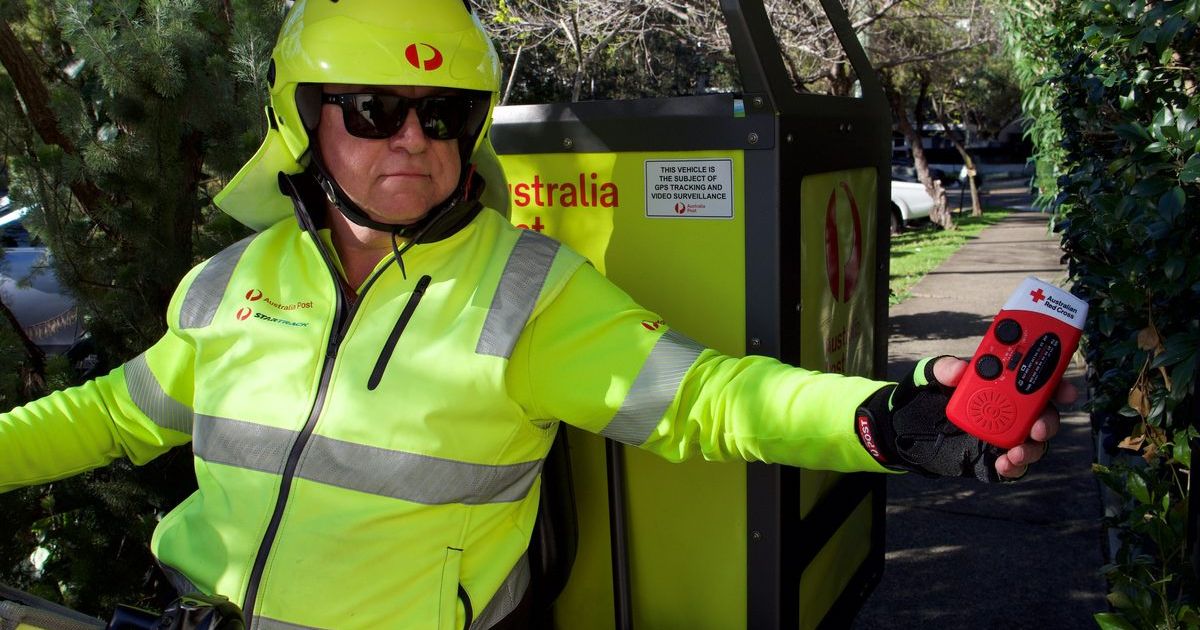Reporting on enviro efforts

Climate debrief: The City of Ballarat's first report tracks the region's environmental character between 2022 and 2023 and plans are underway to update the document every two years. Photo: FILE
THE City of Ballarat has released its first-ever report on the region’s environmental conditions.
Called the State of the Environment Report, the document is aimed at encapsulating Ballarat’s environmental character from 2022 to last year.
City of Ballarat mayor Cr Des Hudson said the report provided a snapshot at what the community has been doing to make the region a more sustainable place.
“There are many in our community doing incredible work to contribute to a better environment and the State of the Environment Report helps to highlight those achievements that contribute to better environmental outcomes,” he said.
“The report also outlines areas where we must improve and address challenges in environmental sustainability or identify areas where more detailed analysis is needed.
“Importantly, the State of the Environment Report is an environmental report card that will enable us to understand if we are tracking towards the goal of a more sustainable future.”
The report gauges the environmental performance of the region centred around the themes of clean energy, sustainable transport, sustainable water use, waterways and wetlands, climate and atmosphere, waste and circular economy, land and biodiversity, and sustainable development.
The document is set to help the municipality track how the region is faring environmentally in the long term, and was developed with help from the Regional Sustainability Alliance Ballarat as well as through information and data gathered from about 50 sources.
Feedback on the inaugural document will soon be sought by the City of Ballarat after which an updated report is planned to be released every two years.
Positive environmental developments in the report include a reduction in greenhouse gases as well as planning controls to allow for more sustainable homes, while challenges included a rise in household and commercial waste, and a decline in rural wetlands.


















